CSS 370 Final
1/81
There's no tags or description
Looks like no tags are added yet.
Name | Mastery | Learn | Test | Matching | Spaced |
|---|
No study sessions yet.
82 Terms
What is one issue with non-delighter features? (select one option)
They have the potential to render a well-designed tool, useless
Since models typically do not yield directly implementable code, modeling should not be utilized within a SDLC when the primary objective is code implementation.
False

The following diagram shows integration of design thinking and agile development with curves and cycles. The red arrow added to the diagram points to which process? (select one option)
Convergence process
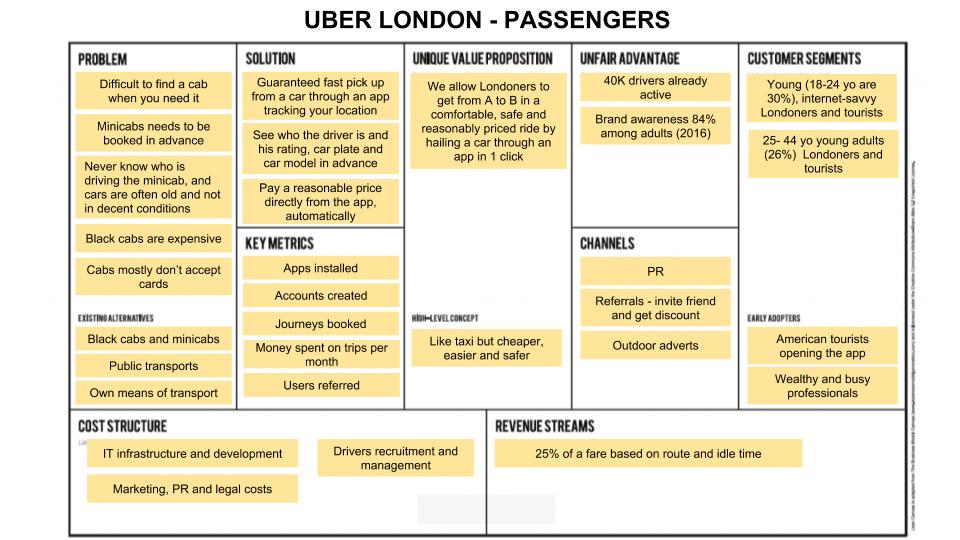
The artifact below would best be considered as? (select one option)
Lean Canvas

The artifact below would best be considered as ... ? (select one option)
Persona
Kano found what correlation exists with regards to customer satisfaction and the implementation of performance requirements? (select one option)
Improves linearly as better implemented
In the context of a software tool's customers, who are the influences. (select one option)
People who can have a large say on the choices made
What is the general purpose of a Lean Canvas? (select one option)
Communicate context, framing, and ideas for a new product / service
Kano found what correlation exists with respect to customer satisfaction and implementation of basic requirements? (select one option)
Never generate positive satisfaction
Which form of requirements elicitation Microsoft used to design an ergonomic mouse? (select one option)
Prototyping
What is “say data”? (select one option)
he verbal information provided by users about how they would use the system
Which aspect of the justification for using short sprints in Agile is shared with the rationale behind process-oriented approaches in Design Thinking and Lean Startup methodologies? (select one option)
Fail fast, fail cheaply
Which statement best describes the difference between functional and non-functional requirements? (select one option)
Functional requirements focus on capabilities while non-functional focus on quality attributes
Which two of the following terms are most closely synonymous with one another, particularly in the context of customer-oriented models? (select 2 option; an incorrect selection, will reduce the total score for this question)
Archetype and Actor

The artifacts below would best be considered as? (select one option)
Personas
Which best describes software processes from inception to implementation with respect to requirements? (select one option)
Iterative
Which ONE or MORE could be considered “stakeholder(s}” with respect to a software project? (select all that apply, an incorrect selection will reduce the total score for this question)
Management, customers, regulatory agencies, end-users
Which of the following is NOT the most effective method for collecting information as part of "customer research"? (select one option)
Ask users to say how they would use the software
Which type of requirement (based on Kano) is an early focus of human-centered design for a product? (select one option)
Delighters
Software modeling is different as compared to other disciplines because of at least 2 elements ...: (select one option)
Material of design & user experience
Which artifact is used to list customer segments with respect to a project? (select one option)
Lean canvas
HCD's key insights states that a product is only worth building if it is:
(Select the 3 that apply; an incorrect selection, will reduce the total score for this question)
Viable, Desirable, Feasible
Most high-quality software teams create complete system models in the midst of software systems development. (select one option)
False
What is the correct definition of modeling in system analysis and design? (select one option)
A simplified representation of a complex/abstract concept
In regards to software process models involving design thinking, lean startup, and agile, which best describes the purpose of involving design thinking? (select one option)
To create empathy for and identify pains / frustrations of customers
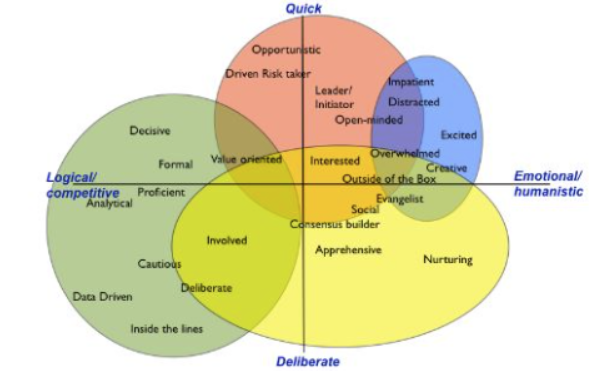
Which of the following statements is incorrect in relation to the following diagram? (select one)
Identifies every possible user’s traits and tendencies
Which of the following two statements identify a customer fear in relation to a cell phone?
Battery cause the phone to catch fire and use of delicate material cause the phone to break when dropped
One technique breaks down different categories of customers, the other drills down to learn everything about a customer. What is the pair
Customer segmentation and persona
Which one of the following is NOT one of the software design types
Functional Design
What customer research technique has the software gather information?
Instrumentation Technology
HCD’s second principle is to uncover unmet needs for a product. What is the specific term that is used for this group?
Latent needs
Which of the following would be the best metaphor that describes the purpose and expectations of requirements with respect to the development team? (select one option)
Architectural Design
Which is common to both of the processes of design thinking and agile development?
Prototyping (experiments) and iteration
What is conjoined analysis?
Presenting the users products with different sets of attributes/features for feedback
Which of the following would be the best metaphor that describes the purpose of expectations of requirements with respect to the development team?
Contract
Customer research methods generate useful data, and can be classified in multiple different types. Identify the correct data types. (Select all that apply)
Qualitative Data and Quantitative Data
This artifact captures an end-to-end situation while introducing the target customer, explaining why the need is important, and describing a potential solution's qualities. Identify the correct artifact. (select one option)
Scenario
What is the other term/name used to explain the non-functional requirements? (select one option)
Constraints
n order to save time and effort, which of the following design processes Toyota chose to produce a desirable new product? (select one option)
Set-based design technology
This classification of a user story requires multiple releases, to be fully implemented: (select one option)
Saga
What type of artifact is the following? (select one option)
"Clair is a College student who has her final exams next week. However, she often struggles to manage her time between studying and her other academic activities, including running the student public speaking group, which is important to her. She needs to find a platform or app that helps her to manage her time between academic work and other commitments, which she can access on the go – giving her timely updates and clear reminders, this way she can reach her goal of doing well on the exams while continuing to manage the group."
Scenario
The phrases on the left signify a certain condition for each requirement. Select, from the column on the right, the correct meaning for the words used on the left.
The system won’t = wanted, but not appropriate at this time, The system should = Important, but not necessary, The system could = desirable but not necessary, the system must = critical requirement
What is a common rubric for evaluating user stories? (select one option)
INVEST
In the context of scenario creation, only one of the following statements is correct. Identify the one. (select one option)
You don’t have to be sure about your scenarios. In fact, in most cases, the first set of scenarios are not quite right.
Continually find issues that a typical customer encounters to complete a task, to create your _____________. (select one option)
Hassle map
A __________________ design forces decisions too early in the cone of uncertainty. (select one option)
point-based design
What is the most serious issue with the following requirements statement: (select one option)
"The user interface must be very responsive"
Vague, not definitively testable
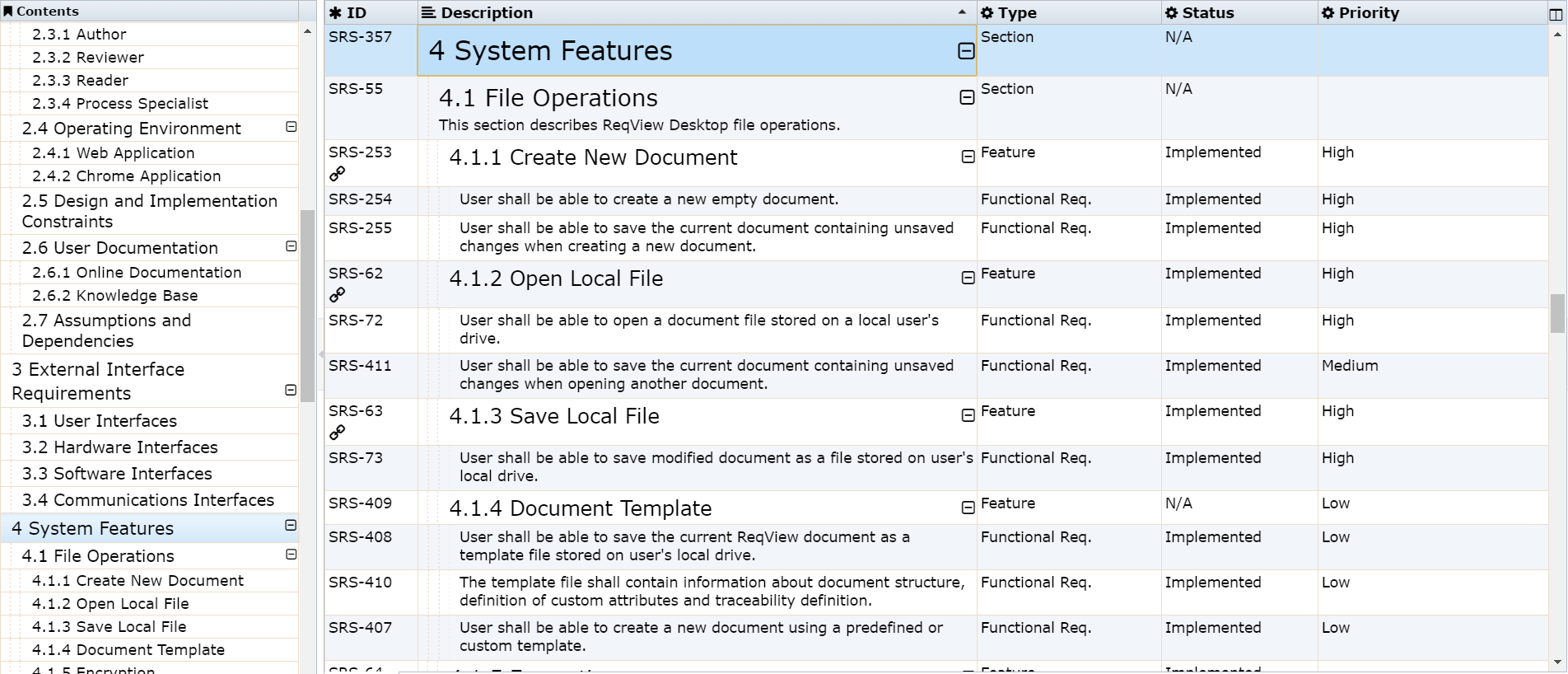
The following snippet is an example of which form of requirements? (select one option)
SRS Document
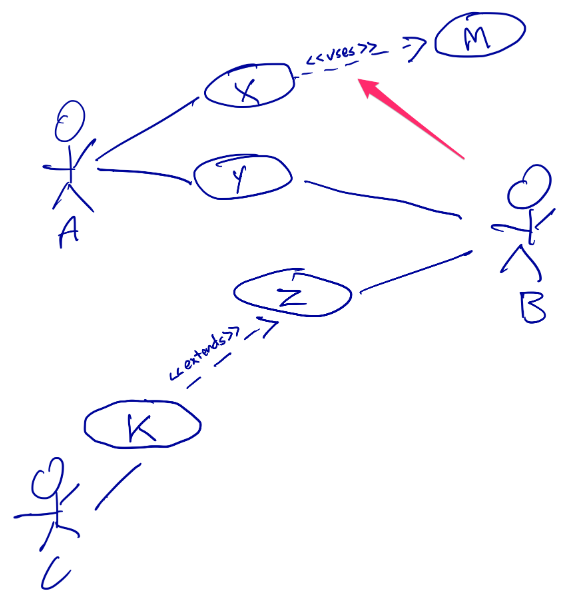
Which of the following best describe what the syntax / element labelled "<<uses>>" (indicated by the red arrow) represents? (Select one option)
Subtask (inclusion)
Which type of traceability do requirements provide?
Horizontal traceability
Informal specifications are best used when:
A quick shared understanding is required
Which type of system typically requires extensive specifications up front?
hardware-integrated systems
What does iterative development enable in set-based design?
Gradual rejection of unsuitable alternatives
What makes stories “sticky”?
They are easier to remember and relate to
What is a use case?
A narrative version of a single use case
What does a use case provide that requirement statements may not?
A connection between user needs and engineering tasks
Which of the following best describes “cradle-to-grave” experiences?
End-to-end experiences across all user touch points
What is a key principle of data-driven engineering decisions?
Model costs and benefits of alternatives
During the first iteration of story writing why a major section is not implemented and is titled “<magic happens>” ?
he writer is exercising implementation-free problem-solving principle
Why is it important to record your thought process while making decisions about system architecture? (select one option)
All the options are here. (Reduce the need for discussions about what you considered, and what you did not, expose assumptions, Reveal when a design choice no longer makes sense because of a change in the system’s context.)

What would you call the following image? (select one option)
Conceptual model
The different types of artifacts created for programmers are part of which system architecture category/view? (select one option)
conceptual view
Which of the following patterns is not a software architecture? (select one option)
all are architectural patterns
What does the ICONIX process do for a system? (select one option)
Helps with decomposing user-oriented requirements into detailed design specifications.
What is the use of sequence diagram? (select all that apply, incorrect answer will result in loss of points)
To show the interactions between objects in the sequential order that those interactions occur, To assign behavior to system objects, o determine the duration of activity for each object during a specific process.
All of the following are views important to express the software's architecture, EXCEPT: (select one option)
virtual view
What is the most sophisticated cyber-attack? (select one option)
state-sponsored attacks
Which diagram represents the “logical” view of the software architecture? (select one option)
domain model
Which UML diagram represents the “process” view of the software architecture? (select one option)
activity diagram
Software architecture can fully be described by visual notations only. (select one option)
False
Which view of 4+1 view approaches is central in describing the context/background that software architecture must address? (select one option)
Scenario/usecase
MVC would best be described as which type of architectural approach? (select one option)
Architectural pattern
A perfect cybersecurity storm takes place when the following elements are present: (select all that apply)
Threat capability, system susceptibility, threat accessibility

The following artifact can be described as which type of diagram? (select one option)
Activity diagram
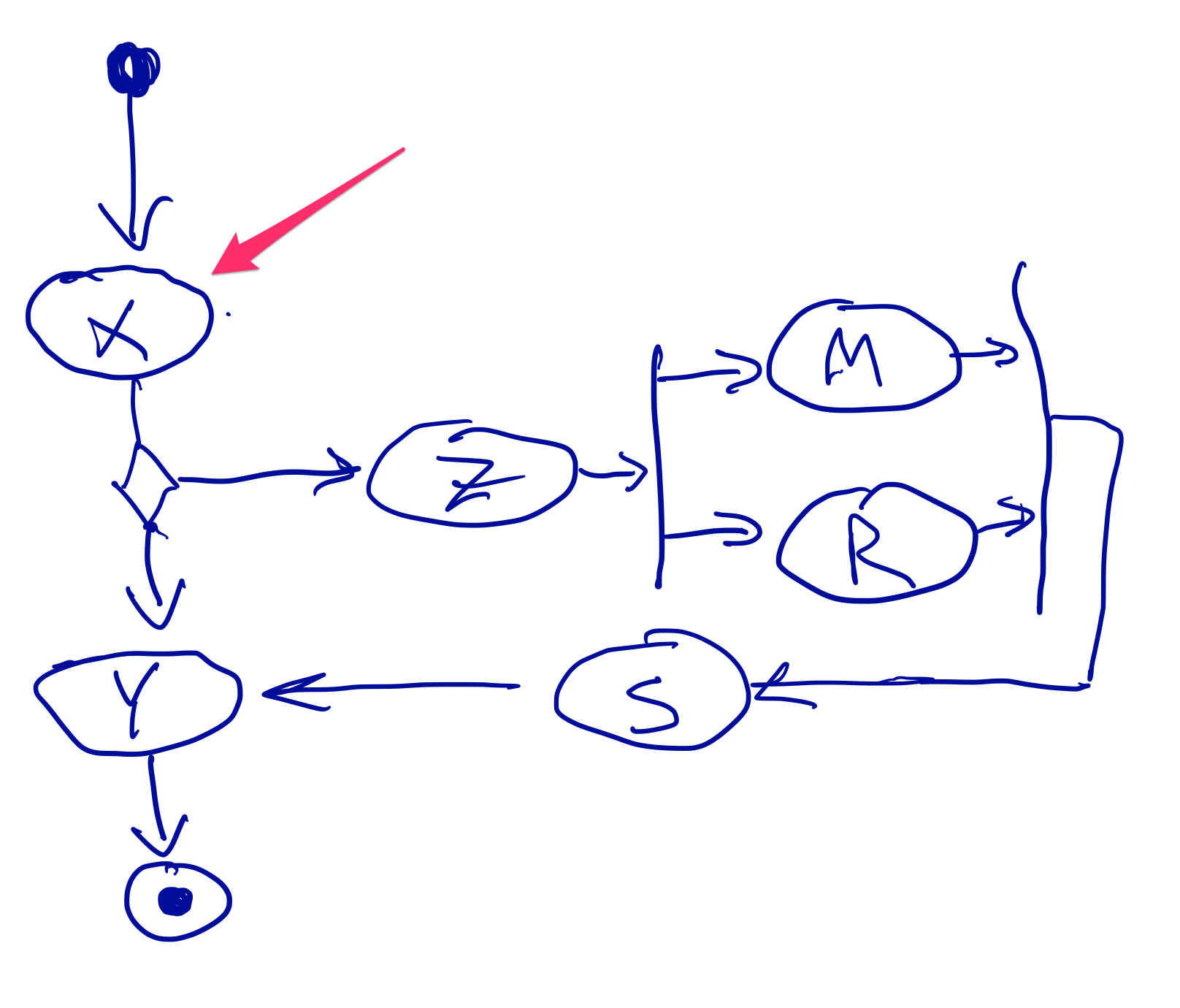
Which option best describes the purpose of the syntax identified by the arrow on the following snippet? (select one option)
Task
How would you prioritize system threats to attend to? (select one option)
Execute the DREAD methodology

n the following diagram, the object identified as "K" would be considered what with respect to the object identified as "M"? (select one option)
Subtype

The following artifact can best be described as which type of diagram? (select one option)
Block diagram
The relationship between use cases and class diagrams can be described as: (select one option)
No specific mapping / relationship
Different architectural patterns are needed _______________ : (select one option)
To evaluate trade-offs in optimizing needs of a system across most important functional and non-functional requirements.
Which one of the following diagrams is primarily used to communicate how a system responds to primary and external actors? (select one option)
Use case diagram
What is the first step in identifying risks and threats in a system? (select one option)
Creating a thoughtfully devised misuse case diagram for the system